People of the Reef ·
Dorian Tsai: ‘Robotics technology is a game-changer for our Reef’
Dorian is shooting for the stars, underwater; using his experience in space science to uncover novel ways to protect our Reef.
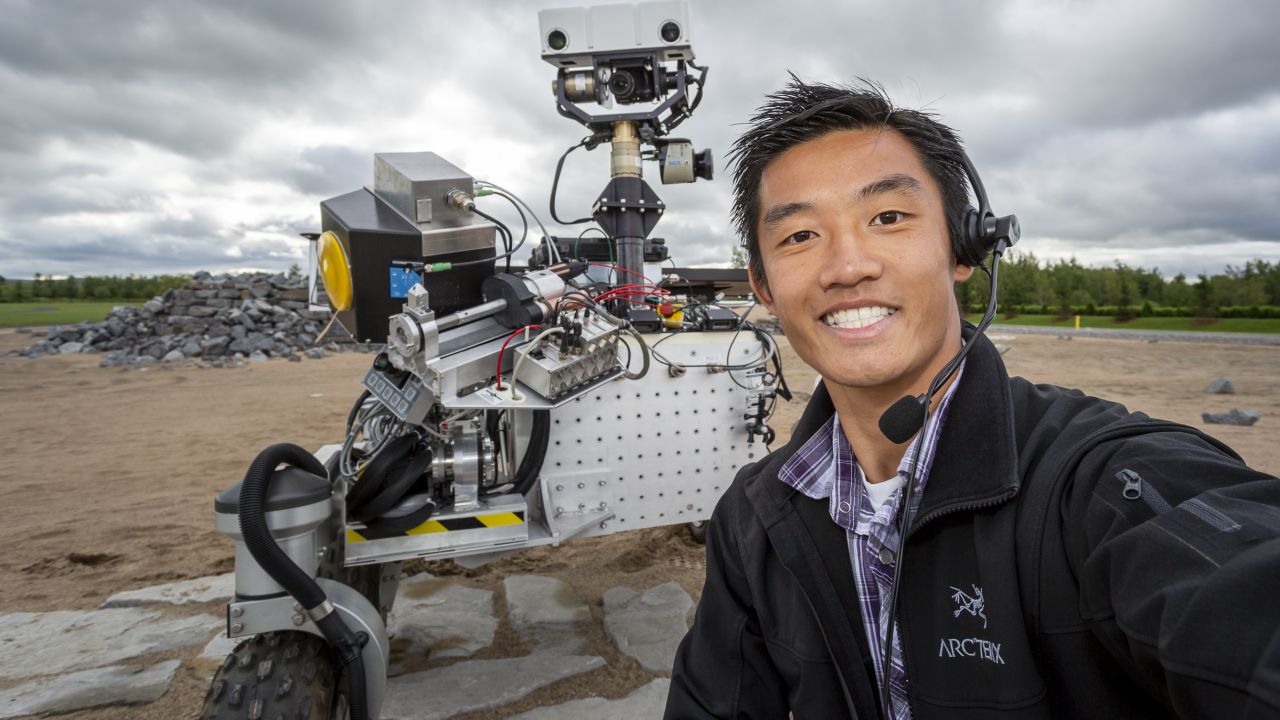
It makes complete sense that Dr Dorian Tsai’s favourite reef animal is the mantis shrimp. The crustacean’s unparalleled vision (their eyes can see circularly polarised light and a whopping 12 channels of colour) has inspired technologies from interpreting data on CDs to robot navigation using polarised cameras.
This intersection of nature, science and robotics is at the heart of Dorian’s journey into the world of coral reefs. And the inspiration for his work to save them.
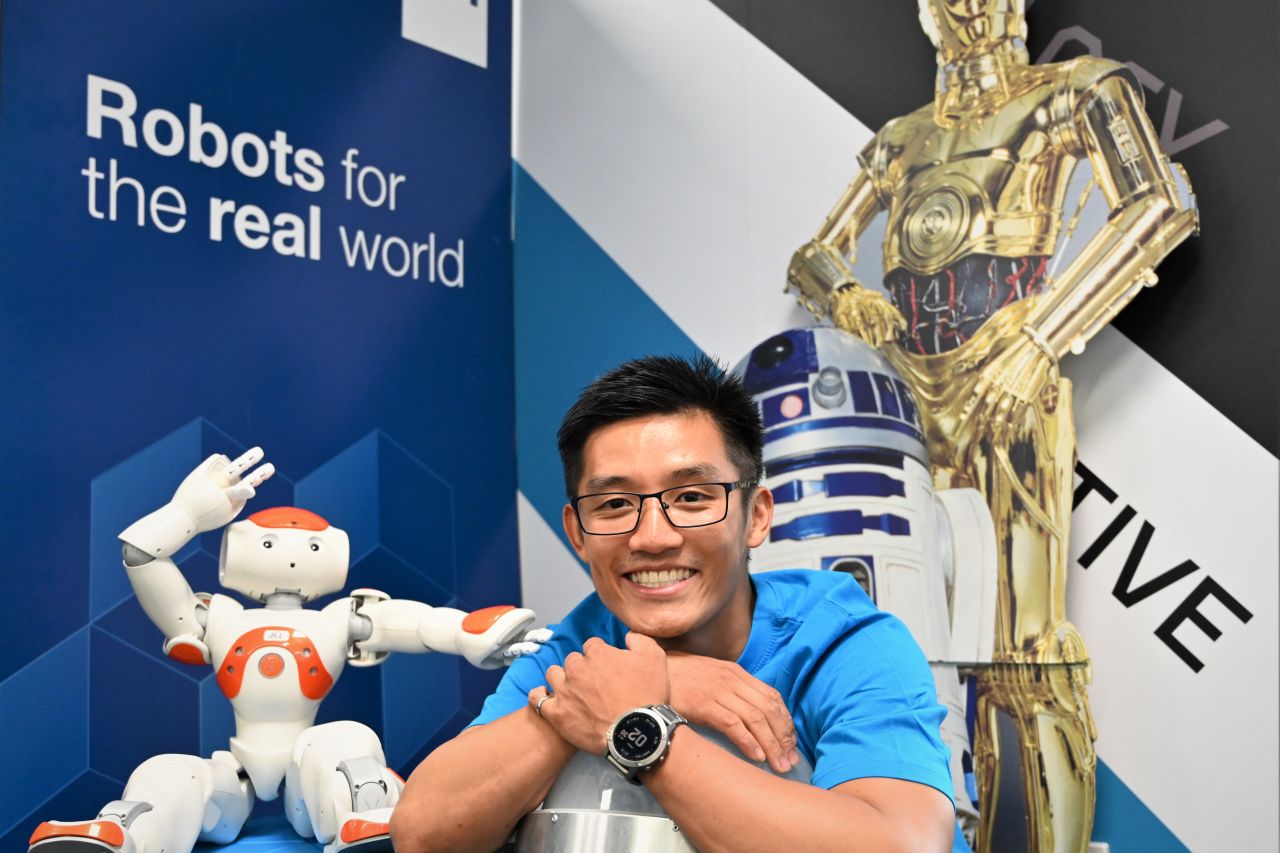
Dorian has travelled the world – from Canada, to Sweden, Finland, the USA and now Australia – in his robotics and machine-learning research journey. Supplied: Dorian Tsai
“My training is in robotics, aerospace and engineering, and I have a real passion for photography and the natural world. To be able to work on a variety of projects that comfortably sit at the confluence of my primary passions, whilst also helping to save coral reefs – that’s a dream job!” says Dorian, now a Robotics Research Fellow and Senior Project Specialist in Automation at QUT.
A far cry from the tropical coastlines of Queensland, Dorian grew up in Toronto, Canada, spending much of his free time getting out of the city to explore the wilderness. From the tranquil Great Lakes of Ontario to the jagged peaks of the Rocky Mountains in British Columbia.
So how does a camping, hiking, mountain-climbing Canuck end up studying robotics and automation in Sweden, Finland, the NASA Jet Propulsion Lab in the USA and eventually on the Great Barrier Reef in Australia? Almost entirely by accident it turns out.
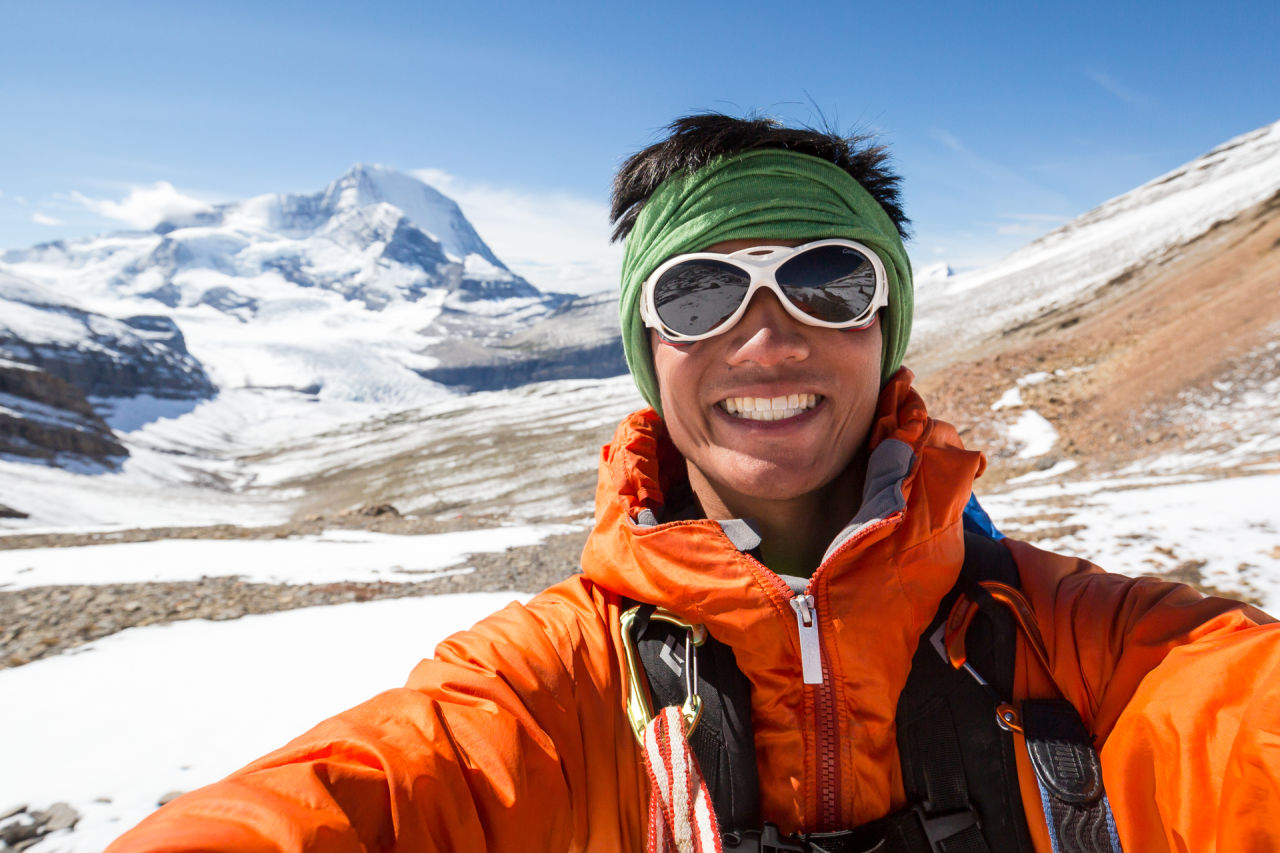
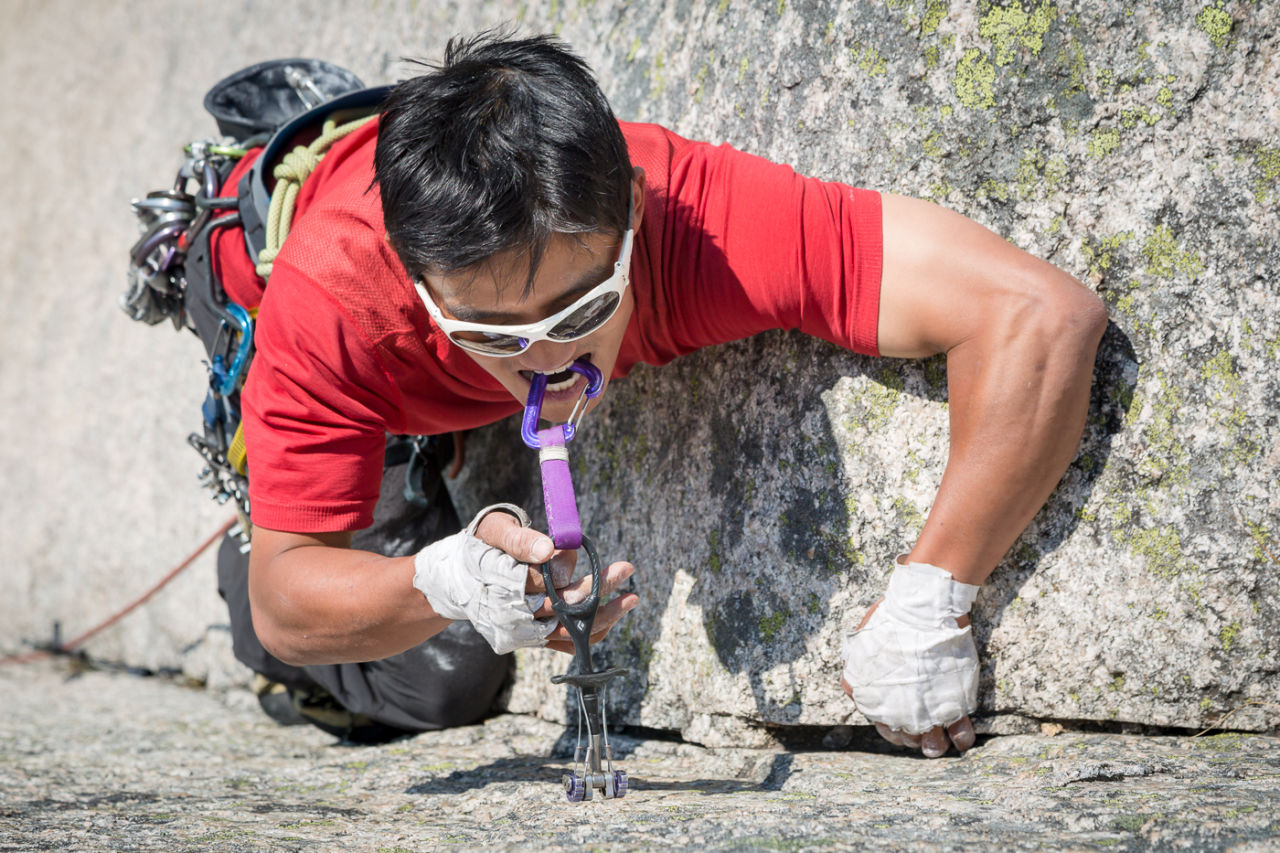
Dorian grew up with a love of nature, hiking and climbing in the Canadian wilderness. Supplied: Dorian Tsai
“As a high school student trying to figure out where to go for university, I filled out one of those skills and personality tests to help identify your best-suited careers. Aerospace engineering was at the top of the list. It wasn’t until several years into my studies that it dawned on me that aerospace was at the top of the list because of alphabetical order,” Dorian says.
But by then, thankfully, he had been bitten by the robotics bug. Dorian most recently worked as a robotics engineer at the Canadian Space Agency before arriving at QUT to complete his PhD, investigating how to use advanced cameras to help see and safely interact with transparent objects, which are otherwise very challenging for robots to detect.
It’s clear that the biodiversity and abundance of life on our Reef was also a compelling factor in moving across the globe to Queensland.
“Coming from the freshwater lakes in Canada that were only recently recovering from the damaging environmental effects of acid rain, I was thrilled when I saw a single fish when learning how to dive. I was very curious to see how different the environment would have to be to sustain so much life,” says Dorian.
Right now, he’s applying his know-how to the Reef Restoration and Adaptation Program, the world’s largest effort to protect a single ecosystem – our Great Barrier Reef – from climate change.
This year has been incredibly busy as he trials his and his team’s newly invented tech, called Coral Spawn & Larvae Imaging Camera System (CSLICS), to support large-scale reef restoration. He and his team have developed two systems that use state-of-the-art computer vision and artificial intelligence techniques to automatically count coral babies as they spawn, fertilise and settle.
The technology includes a prototype robotic camera that uses learning algorithms to detect and count individual coral babies and track their health and growth in real time.
“One of the most significant advantages of the system is that because it uses cameras, which don’t require contact, we will now be able to count fragile day-old babies, which we haven’t been able to do before” says Dorian.
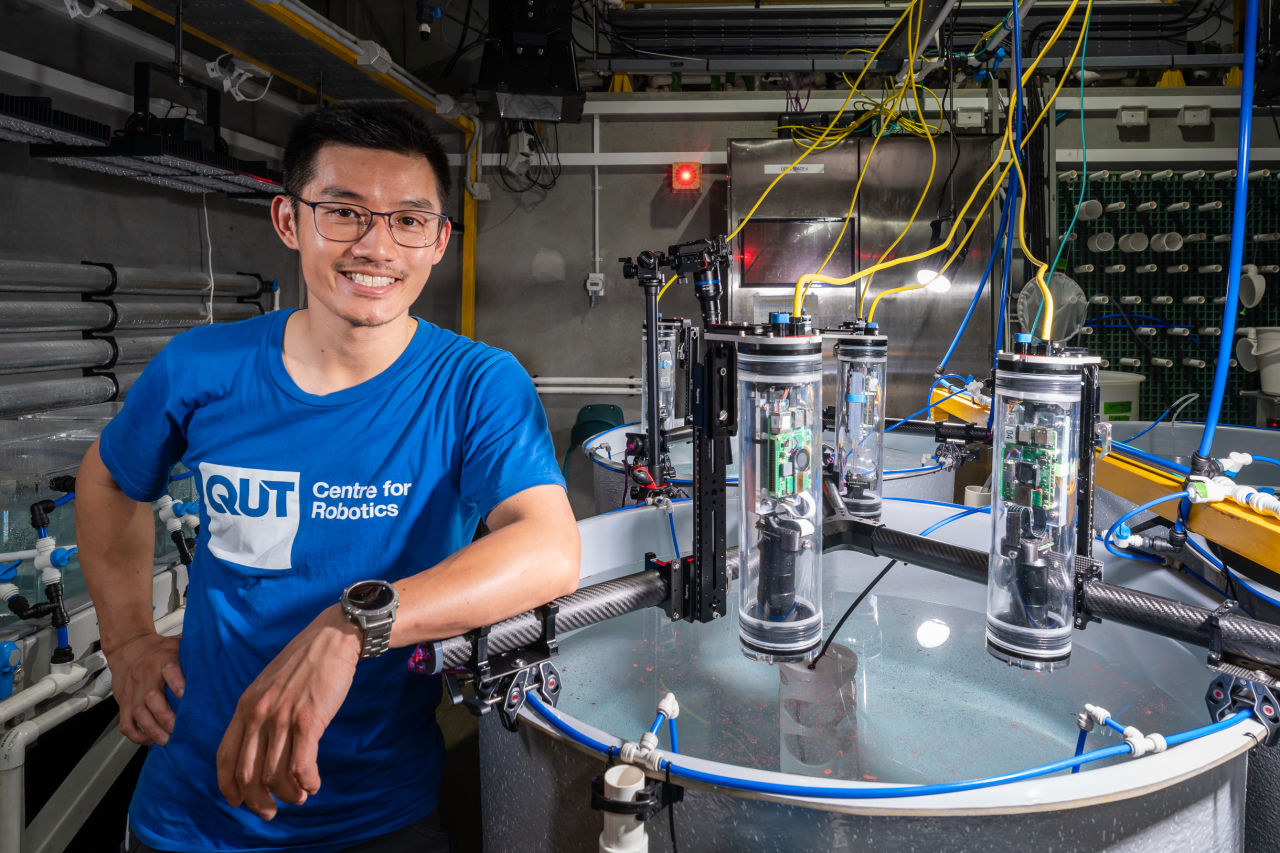
Dorian and his CSLICS, a camera system designed to capture images of coral spawn. Supplied: Dorian Tsai
It has the potential to be a game-changer for growing huge numbers of corals in tanks on land (a process called aquaculture), to deliver them back into the wild and restore large areas of our Reef, especially given that the usual method is massively labour-intensive.

Researchers at the Australian Institute of Marine Science’s National Sea Simulator collecting coral spawn by hand. Credit: Dorian Tsai
Dorian says that to him, the Reef is so special not just because of its ecological importance and sheer size, but also because it has massive economic, political and cultural value to Australia.
“I see that there is the potential to strike a real balance between these often-competing factors and that technology can play an important role in helping restore and protect the Great Barrier Reef.”




